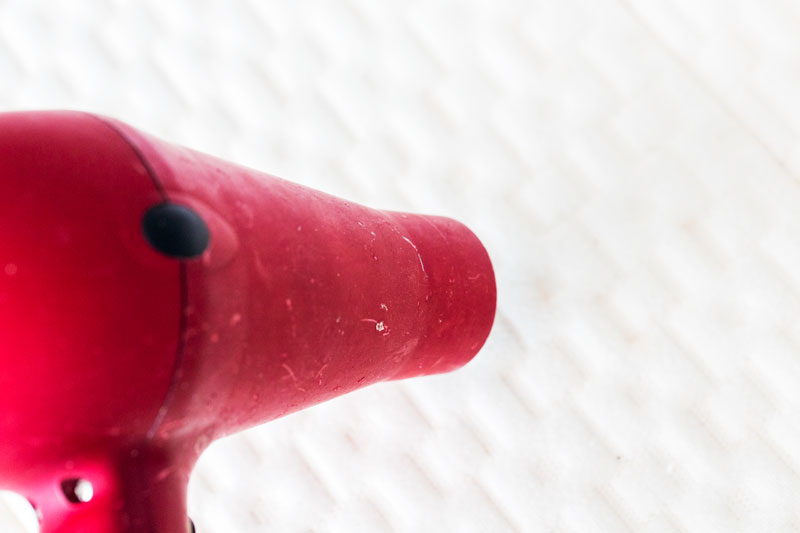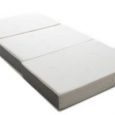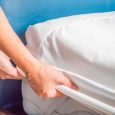When dealing with a wet mattress, it’s important to take action quickly. As bacteria are known to flourish in warm, wet areas, this isn’t just a comfort issue — any resulting mold or mildew could pose a health hazard as well.
If the entire mattress was damaged — as in the case of a flood — salvage will be difficult, if not impossible. Contact a professional restoration company to see if the mattress can be saved. If not, then it’s best to simply invest in a replacement.
If the damage was contained to a certain area, however, there’s still hope. Read on for tips on the best way to get that mattress dry (and, hopefully, odor-free) as quickly as possible.
- Ensure that the mattress is lying flat on a level surface.
- Apply a clean, absorbent cloth — a bath sheet or towel works best — to the wet areas, and press hard to draw out the moisture. It’s a good idea to have more than one towel on hand if a large portion of the mattress was affected. When the cloth becomes saturated, swap it out for a dry one, and continue the process until the mattress feels barely damp to the touch.
- After blotting the affected areas, pull the mattress away from the wall, leaving it closest to the nearest window, if possible. This will provide better air circulation.
- If you have a wet/dry vacuum, run the hose over the entire surface of the mattress, not just the affected area. Otherwise, skip to the next step. (NOTE: Do not use a standard household vacuum, as this poses an electrical hazard, and will likely ruin the vacuum as well.)
- Turn a hair dryer to the highest setting, hold about four to six inches from the mattress, and apply this heat for 15 to 20 minutes.

- Wait for 30 minutes before testing the areas to determine if they have dried completely. If not, proceed to one of the alternatives suggested below.
While the above sequence represents the ideal way to dry a mattress, there are a few alternatives:
- Flip mattress up on its side, leaving several feet of space on either end. Direct a fan toward both sides of the mattress, or use one fan on either side, if possible. Leaving windows open and enlisting the aid of a ceiling fan will help to speed things along as well.
- Take the mattress outside, and prop it up on a set of concrete blocks, sawhorses, or similar means of support. If these materials aren’t available, prop the mattress on its side as directed above. If possible, speed the drying process with a fan or two, hooked up with extension cords. Leave the mattress outside until it’s dried completely.
- Spread kitty litter over the damp areas, then apply light pressure (using a cloth or towel, if desired). Let sit for two hours, then remove the debris with a wet/dry vacuum.
Finally, no matter which drying method you choose, when finished, rub the top surface of the mattress with a solution of half rubbing alcohol, half water — this will help to inhibit mold growth. Just be sure to apply the solution lightly, otherwise you’ll be right back where you started.




